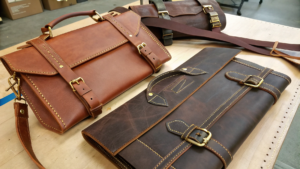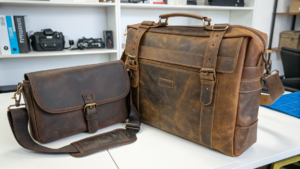Custom PU Leather Notebooks: More Than Just Stationery?
Are you looking for a unique way to brand your business? Custom PU leather notebooks are more than simple stationery.
Custom PU leather notebooks are an excellent choice for businesses because they offer a blend of modern aesthetics, durability, and ethical branding. They provide a cost-effective and highly customizable way to connect with clients, partners, and teams, embodying thoughtfulness and refinement in your brand's promotional efforts.
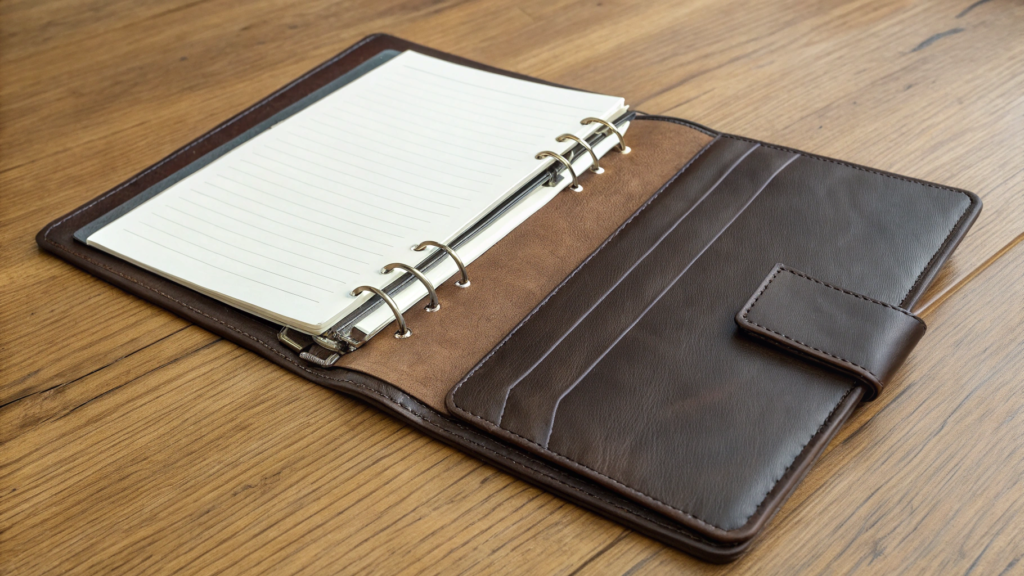
When I think about custom PU leather notebooks, I see a fusion of modern material innovation and emotional branding. Many people view them as just a budget-friendly alternative to real leather. But I believe they serve a deeper function. They embody a new kind of business aesthetic. This aesthetic values ethics, customization, and experience over excess. In a time when personalization and brand storytelling are so important, these notebooks offer an elegant way to connect.
What are the Disadvantages of PU Leather1?
Are you considering PU leather but worried about its downsides? It is good to know both the pros and cons of any material.
The disadvantages of PU leather include its tendency to be less breathable than genuine leather, potential for cracking or peeling over time, and a shorter lifespan compared to high-quality real leather. It also generally lacks the unique patina that develops with natural leather.
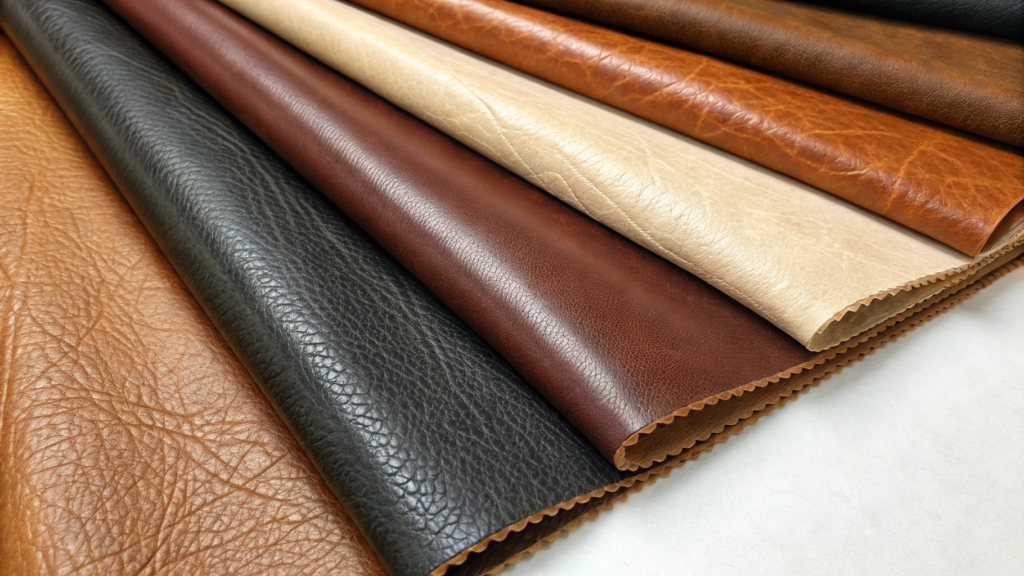
I have worked with many materials in my years, from the printing factory to founding Latitude. PU leather has evolved a lot. It is durable, cruelty-free, and very customizable. But no material is perfect. While PU leather is great for embossed logos or foil stamping, it does have some drawbacks when compared to genuine leather.
Understanding the Trade-offs of PU Leather
While PU leather offers many benefits, it is important to be aware of its potential drawbacks, especially when considering its long-term performance and aesthetic appeal compared to genuine leather.
| Disadvantage | Description | Impact on Product | Comparison to Genuine Leather2 |
|---|---|---|---|
| Less Breathable | Polyurethane coating can trap heat and moisture. | Can feel less comfortable for items worn directly on the skin (e.g., jackets). | Genuine leather is more porous and breathable. |
| Prone to Cracking/Peeling | The surface layer can crack or peel with excessive flexing, heat, or age. | Reduces aesthetic appeal and perceived durability over time. | Genuine leather develops a patina, rarely cracks/peels. |
| Shorter Lifespan | Generally lasts less long than high-quality real leather. | Requires earlier replacement, potentially less sustainable in the long run. | Can last for decades with proper care. |
| Lacks Patina | Does not develop the unique character and softening with age. | Stays uniform, but loses the rich, evolving look of real leather. | Gains character and becomes softer with age and use. |
| Less Flexible/Supple | Can feel stiffer, especially when new, compared to real leather. | May not conform as well to shapes or movements over time. | Generally more pliable and softens with use. |
| Environmental Concerns | Production can involve chemicals, though efforts are being made for more eco-friendly PU. | Impact varies greatly depending on manufacturing processes. | Tanning genuine leather also has environmental impacts. |
| Repair Difficulty | Damage (like tears or peeling) is often harder to repair seamlessly. | May require full replacement if significantly damaged. | Genuine leather can often be repaired by specialists. |
For businesses, the material choice sends a powerful message. A custom PU leather notebook says: We care about detail. We value sustainability. We want every part of our brand to be thoughtful and refined. Even with its disadvantages, PU leather often aligns with modern values like being cruelty-free, which can be a huge advantage for many brands.
What Material is Used for Leather Journals?
Are you curious about the materials used for leather journals? It is not always genuine leather. Many options exist.
Leather journals are commonly made from various types of genuine leather, such as full-grain, top-grain, or bonded leather, known for their durability and classic aesthetic. However, many journals also use synthetic alternatives like PU leather to offer cruelty-free or more affordable options while still achieving a leather-like appearance.
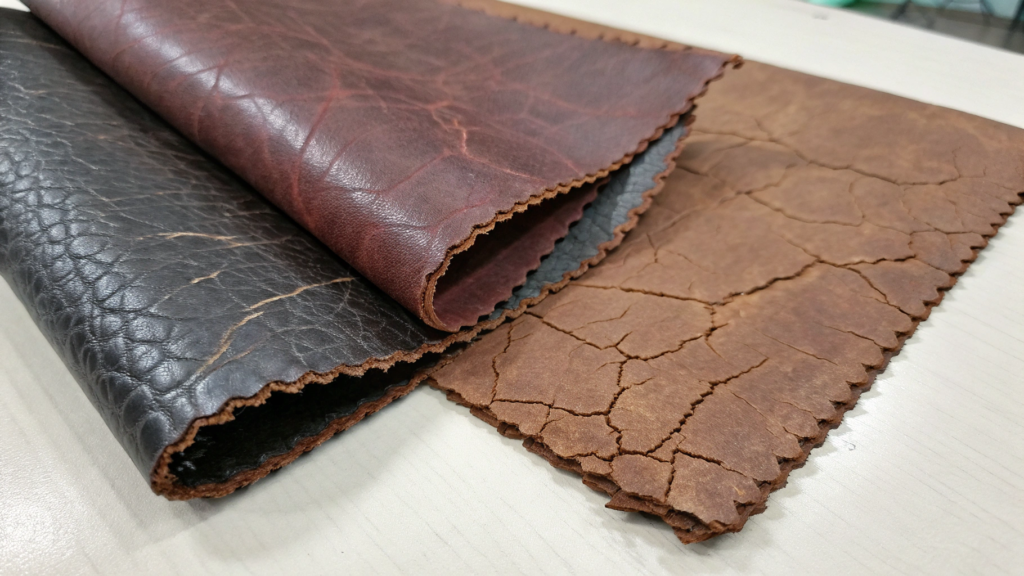
I have seen the market for journals expand. It is not just about one type of leather anymore. PU leather has really come into its own, moving beyond just being an "imitation."
Common Materials for Leather-Bound Journals
The material selection for leather journals directly impacts their feel, durability, and overall character, offering a range of options from premium natural leathers to versatile synthetics.
| Material Type | Characteristics | Aesthetic | Common Use |
|---|---|---|---|
| Full-Grain Leather | Untreated top layer of hide; very durable, develops rich patina. | Rustic, natural, luxurious, ages beautifully. | High-end journals, heirloom pieces, bespoke items. |
| Top-Grain Leather | Second-highest quality; sanded surface for smoother finish. | Refined, uniform, still durable, less prone to staining. | Mid-to-high range journals, professional gifts. |
| Genuine Leather | Made from lower splits of hide, often processed/bonded. | More varied, can be stiff, less durable than top/full-grain. | More affordable journals, general use. |
| Bonded Leather | Scraps of leather fibers bonded together with adhesive. | Uniform, often coated, least durable of real leathers. | Mass-produced, budget-friendly journals. |
| PU Leather | Polyurethane coating over a base fabric (cotton, rayon, etc.). | Smooth, consistent color, can mimic various textures. | Custom notebooks, corporate gifts, cruelty-free options. |
| Vegan Leather | Broad term for non-animal materials (PU, PVC, plant-based). | Varies widely based on specific material composition. | Eco-conscious brands, ethically-minded consumers. |
This level of detail sends a powerful message, especially in B2B settings. Whether gifted at conferences or used as internal company swag, PU leather notebooks become silent ambassadors of your brand ethos. They offer that soft-touch, professional aesthetic without the higher cost of genuine leather.
Does PU Leather Crack Easily?
Are you concerned about the durability of PU leather? Many people wonder if it will crack quickly.
PU leather can crack or peel over time, especially with frequent flexing, exposure to extreme temperatures, or prolonged use. While it is more durable than some other synthetic leathers, it generally does not age as gracefully as genuine leather and is more susceptible to surface damage with wear.
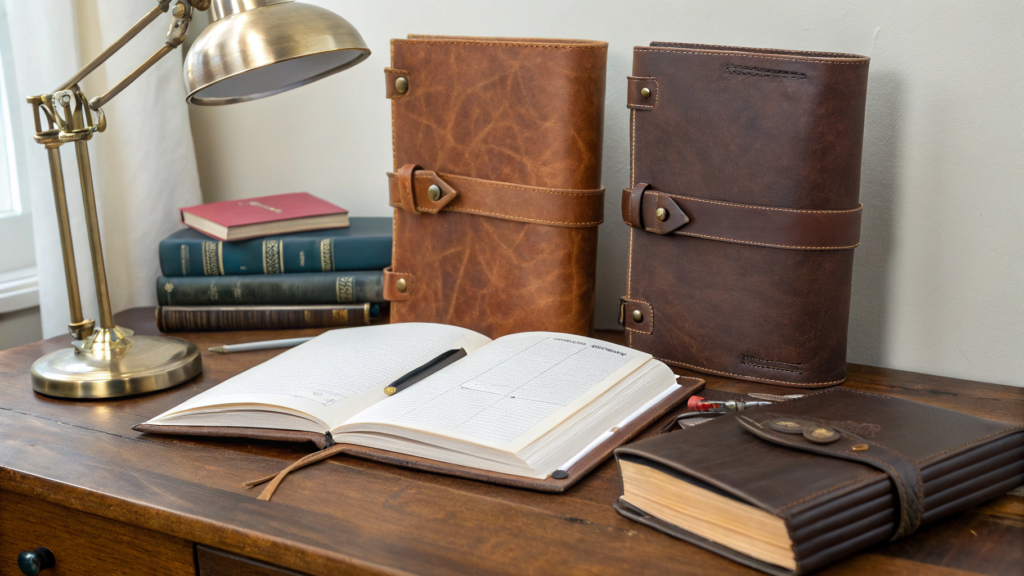
I have seen how different materials hold up over time. While PU leather is quite resilient, it is important to manage expectations. It is not going to age like a piece of genuine full-grain leather.
Factors Affecting PU Leather Durability
The lifespan and propensity for cracking in PU leather are influenced by several factors, including its quality, how it is used, and the environmental conditions it is exposed to.
| Factor | Impact on PU Leather Durability | How to Mitigate Risk | Comparison to Genuine Leather |
|---|---|---|---|
| Quality of PU | Low-quality PU is more prone to early cracking/peeling. | Invest in higher-grade PU formulations. | Genuine leather quality also varies, but high-grade is very durable. |
| Flexing/Bending | Repeated bending can stress the polyurethane coating, causing cracks. | Design items to minimize constant sharp creases. | Genuine leather handles flexing much better. |
| Exposure to Heat | High temperatures can cause PU to become brittle and crack. | Avoid leaving items in direct sunlight or hot cars for prolonged periods. | Genuine leather can also dry out in heat, but differently. |
| Humidity/Dryness | Extreme dryness can make it brittle; high humidity can cause stickiness. | Store in moderate humidity; condition occasionally. | Genuine leather requires conditioning to prevent drying/cracking. |
| Abrasion | Rubbing against rough surfaces can wear down the coating. | Be mindful of how and where items are used/stored. | Genuine leather is generally more resistant to surface abrasion. |
| Cleaning Products | Harsh chemicals can degrade the PU surface. | Use mild soap and water for cleaning; avoid strong solvents. | Specific leather cleaners are needed for genuine leather. |
| Usage Frequency3 | Items used daily will show wear faster. | Choose appropriate material for intended use; rotate items. | More frequent use can enhance genuine leather's patina. |
Function meets feeling. People may use a notebook for utility, but they keep using it because of how it feels. PU leather provides that soft-touch, professional aesthetic without the higher cost or environmental impact of genuine leather. Even if it can crack over time, for many applications, its benefits outweigh this risk. A custom notebook becomes more than a giveaway. It becomes part of someone's daily ritual, giving your brand repeated exposure in moments that matter.
Conclusion
Custom PU leather notebooks offer durable, ethical branding, despite potential cracking. They combine perceived luxury with utility, telling a tactile brand story.



